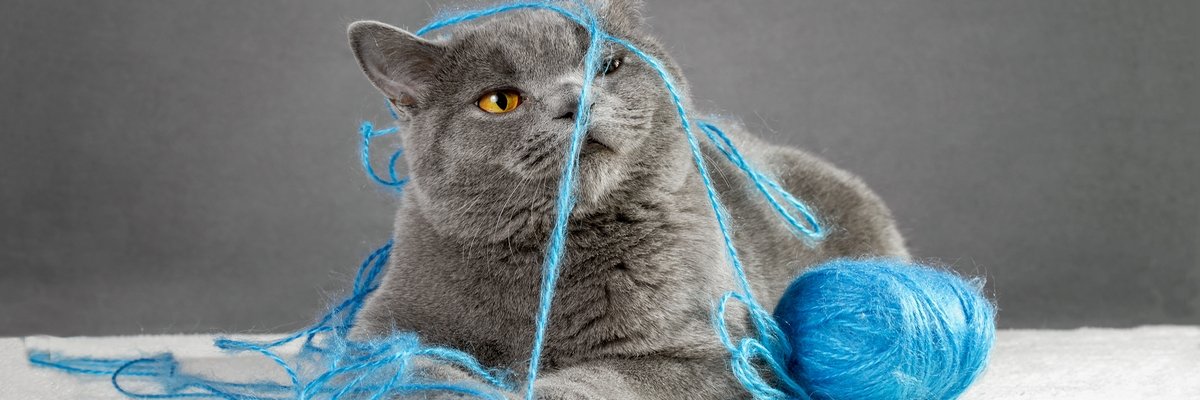The PDSA, a veterinary charity for pets in need, estimates there are 11.1 million dogs and 10.5 million cats in the UK. More than half (51%) of the 5,387 pet owners surveyed PDSA for Animal Welfare (PAW) The report says they are concerned about being able to afford the cost of veterinary care for their pet.
Such statistics show that there is a market opportunity in pet care that tech firms are eager to exploit. Some innovations are based on work being done in human health.
Through the Unleashed Network, a number of start-ups were invited by the accelerator initiative run by pet food company Purina to showcase their technology at the London Veterinary Show, which took place on 19-20 November at Excel. Companies participating in the Unleashed Startup Village showcase, supported by the Purina Accelerator Lab, included AI for Pet, Sylvester.ai and VEA.
AI for Pet, a pet health technology company, uses advanced artificial intelligence (AI) to transform simple smartphone images and videos into real-time health information.
Ronnie Hoehn, vice president of AI for Pet, said: “We use of AI vision. People take photos with their cell phones and we then analyze the image.”
The app identifies clinical signals based on images of the eyes, skin and teeth, as well as gait analysis. Hoehn said clinical signals provide differential diagnostic information that can be used to make recommendations for specific optimized care for pets. The company can also provide veterinary clinics with data-driven pet care that offers recommendations and personalization.
Sylvester.ai specializes in an artificial intelligence model that reads the visual cues from the faces of domestic shorthaired cats. Discussing the technology, Rachel Fisher, operators and head of product at Sylvester.ai, said: “The company is working on a model that can assess whether a cat is in pain, anxious or stressed.”
A web version of the app, aimed primarily at cat owners and pet sitters, launched in July, and the company is now rolling out a version for mobile devices. The company's goal is to increase usage of the app: Sylvester.ai is currently used by about 10,000 people, but Fisher wants the app to be widely used to improve the quality of the data set.
“We have data license agreements with several shelters where we have access to treated cats along with their conditions, ages and pain levels, and we're really working on that,” said Fisher, who believes a dataset of this nature has never been created before. “None of these studies are as widespread as they need to be, given the number of cats owned by people.”
VEA has created a system that combines patient data with artificial intelligence to automate records and diagnoses, optimize diagnostic offerings, and customize treatment plans for wellness, prevention, and therapeutic care.
Sylveser.ai, VEA, and AI for Pet are examples of how artificial intelligence is being adopted widely into pet healthcare.
Pet data protection
Discussing the AI revolution in pet health, Kim Beall, head of the Nestlé Purina Accelerator Lab, said: “Startups used to use a lot of simple algorithms and decision trees in their workflow. But in the last couple of years, we've seen more AI and GenAI (generative artificial intelligence) playing a very big role. I think almost every startup is using GenAI in some way to improve the quality of their offerings.”
But, as Bill points out, they are all using AI in different ways. Among the areas that startups need to navigate is personal information. Although pets themselves are not subject to data protection laws, their owners are, which in Europe means compliance with the General Data Protection Regulation.
“Animal data is linked to the owner,” Bill said. Topics discussed at the pre-show event included GDPR and compliance. “The startup world and veterinary practices are very wary of personal data. Everyone wants to be compliant and they take it very seriously. But I don't think it's an area they can't get into because it's just like human health.”
Besides artificial intelligence, another growing area of interest in pet healthcare is the use of Internet of Things (IoT) devices. Tracking devices that attach to dog collars are readily available, and Purina accelerator lab director Jeanne Chatel said the technology is now being used to track health symptoms as well, making it applicable to the active pet health sector.
She said there are other connected devices that, for example, help pet owners understand how much a pet is drinking or eating, adding: “We're seeing different IoT devices popping up here and there.”
One such device, VetChip, is a smart version of the microchip used to identify cats and dogs. VetChip said the device works as a biosensor that is placed under the skin and provides information about the health of animals, similar to wearable human health monitors such as the FitBit. Pet owners and veterinarians have access to real-time health analytics and alerts via the cloud using the VetChip app.
Speaking to Computer Weekly during the London Veterinary Show, it's clear that artificial intelligence and the Internet of Things will revolutionize people's ability to understand how their pets are feeling and their overall health. Such information can help pet owners take preventative measures to keep their pets healthy and thus help reduce costly veterinary bills.








